Olympic Moments: 1948 - Godwin realises his dream
90 days to go until London 2012
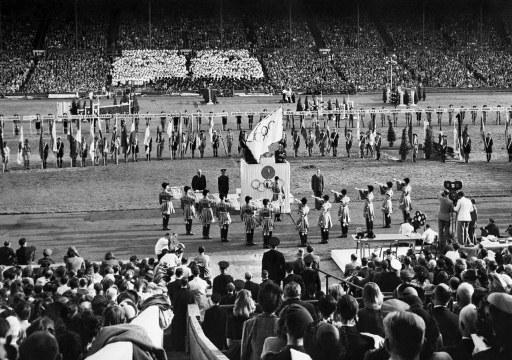
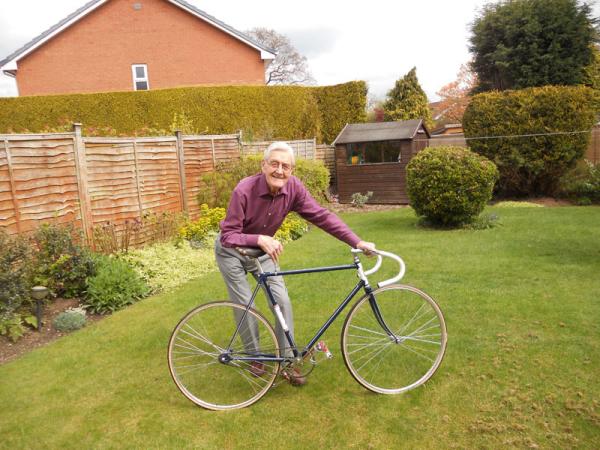
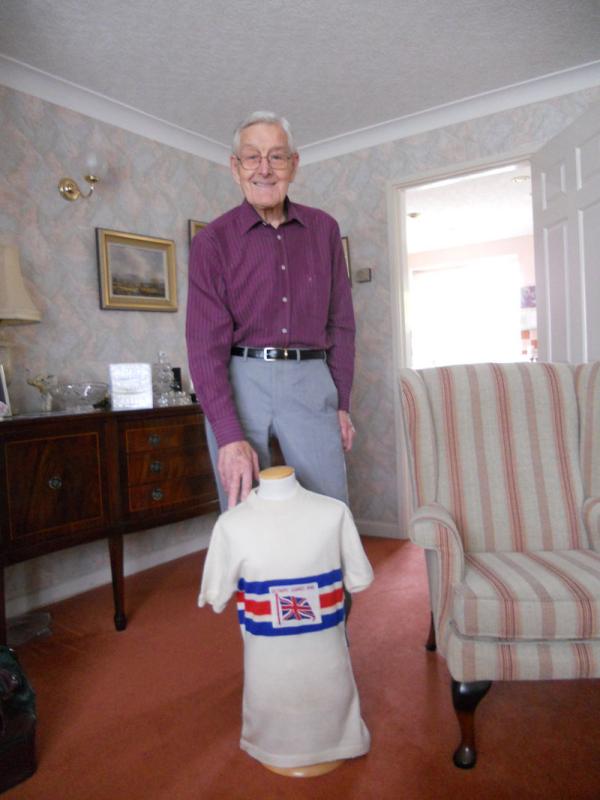
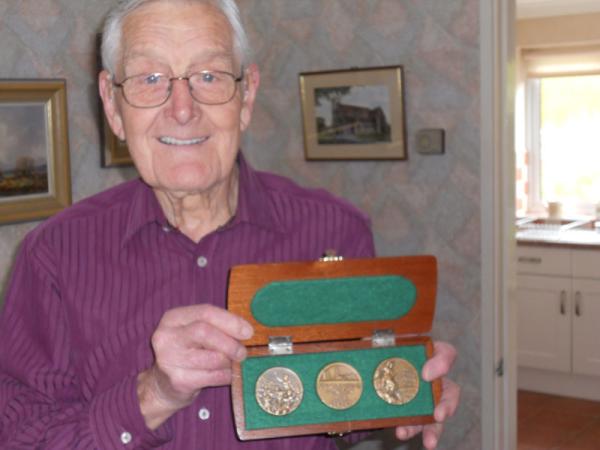
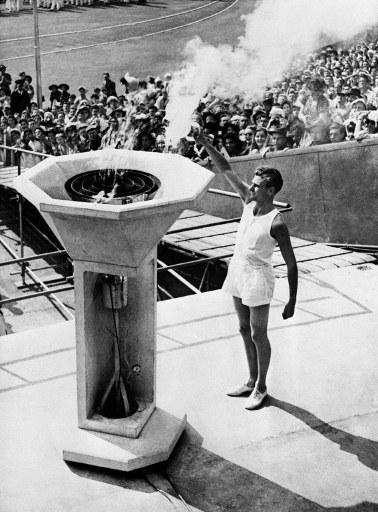
With just 90 days until the start of the London 2012 Olympic Games, Cyclingnews continues its recap of some of the greatest moments in Olympic cycling history by taking you back to the London Olympics of 1948.
Richard Forrester caught up with Tommy Godwin, who got over the disappointment of losing the best years of his career to the Second World War by racing to two bronze medals at the post-war Games and fulfilling his dream.
This summer, the eyes of the world will be on the likes of Sir Chris Hoy and Victoria Pendleton as they fine-tune their form at the Herne Hill velodrome in the crucial run-up to the London 2012 Olympics. For 91-year-old Tommy Godwin, Herne Hill is all too familiar as he proudly boasts two bronze medals won back in 1948, the last time London held the Olympics.
Godwin, who was initially born in America, has devoted his life to cycling. From the age of 14, when he got his first bike to deliver groceries, right up to the present day, as he looks forward to being an ambassador for the upcoming Games.
Sporting beginnings
He says: “Being born in America, my father was a mad enthusiast for sport. As a kid he used to take me out running in the park and watching the soccer on a Sunday morning. When I was about 8 or 9, a friend bought be a baseball mitt and started throwing balls at me from all directions. I had to be the best ball catcher in America by then.”
Godwin moved back to England as America was hit by a huge recession. His parents found a home in the West Midlands, where he still lives today. After quitting school at 14, he went on to labour in a factory where he worked for 6 months until he got a job delivering groceries in the front basket of a bike.
Get The Leadout Newsletter
The latest race content, interviews, features, reviews and expert buying guides, direct to your inbox!
“Errand boys like me used to ride bikes and deliver things to the front door, this is how I started out," he says.
"Suddenly they announced a sports day. They gave me a handicap because I was only 14 and the other blokes were bigger and older than me. When the final came I went to the back line and the starter said ‘you’ve got a start of 20 yards’. I protested that it wasn't fair on the others but he just fired the starting gun. So I went off, got third place and won myself a watch which I’ve still got now. That was my first race.”
After his first race, Godwin’s love for cycling grew and was given a second hand SunWasp which that 27 and sixpence, about £1.75 in today's decimal money. Friends of his used to go on cycling weekends to North Wales but Godwin couldn’t due to work and therefore quit his job and found a new one working for the BSA – a big cycle firm.
“Soon they announced there was going to be a sports day at the BSA and I entered again with my bike," he says.
“When I got down there I realised all these lads are in the bicycle team at the BSA all had proper racing bicycles. So I rode in the first event and because my bike was smaller my pedal got stuck in the grass and I shot up the middle of the track.”
A long wait for glory
He received his first racing bike, a gift from his father, shortly after that race. It was a Gameson with wooden wheels - a significant upgrade. In 1939 his reputation started to grow, and after winning a race in Birmingham he was invited to the Olympic trials.
“I was 18 I still had these wooden wheels and all the big guys with their big bikes but I beat them and I got the gold medal for the Olympic trials for the 1940. I went to London on 9th September to ride the final trials to go to the Olympics in Finland the following year. The war broke out and everything was cancelled.”
During the war, Godwin was working 50-60 hours a week and had to ride all around the Midlands. It kept him very fit. On top of that, he raced a 25-mile time trial every Sunday morning before working the rest of the day.
The war finished in 1945 and he was immediately selected to race the nationals in Denmark. The BSA provided him with a new bike so they could show off their logo and after he had won seven national title, the 1948 London Olympics were announced. The stage was set for Godwin to achieve his dream of an Olympic medal eight years after his first attempt never got started. The Herne Hill velodrome would be the venue.
“Herne Hill was built in the 1880’s and was originally made with wood. Then they put a concrete cement track which made it much faster. In the war it was used as a barrage and anti aircraft site and the track got smashed up," he says.
“In 1946 a firm laid a tar surface all the way round. On a hot day you’d be sitting on your bike ready to push off and the tyre would sink into the tar to leave marks so it wasn’t a fast track.”
Tommy admitted that Londoners never rated him and the Great British team were at a disadvantage because the Italians and French all had professional training and in the eyes of their rivals, Great Britain were just ‘buggering about.’ He was entered to race in the 1000m time trial and the team pursuit.
“I rode about 9.30 at night with no lighting. Instead we had torches. The weather turned horrendous. I was riding into the hard straight with huge winds and lost a second and a half through the bad conditions. I ended up with bronze in both events.”
What happened next?
Tommy retired from racing in 1952 after his wife's health deteriorated. He then went on to coach the British cycling team in the 1964 summer Olympics in Tokyo. After an unlucky period with injuries the team won no medals and Tommy resigned. He later then opened up a successful cycle shop which him and his wife owned and ran coaching sessions for younger cyclists aspiring to be like Tommy.
“I ran courses which people paid to attend," he says. "I gave people fresh fruit and milk. All that nutrition stuff started in 1962 and they’re still doing it 50 years after.
“A training camp was set up in Majorca in 1966 and I was asked to manage it for 6 weeks. I got paid £500 honorarium per year so £10 a week. I had to work 20 hours for £10 a week - nowadays I would guess coaches would be on a little more than that!”
Tommy, who has been chosen as one of the Olympic Torch carriers for this year's Games, takes life a little easier these days. He admits he can’t hide his excitement ahead of the summer but confesses a lot has changed since his era almost 70 years ago.
“I saw Chris Hoy on the track last week [at the 2012 Track World Championships in Melborne] and when he won I just broke into tears. You just don’t realise the emotions.
"Today they have weight training, coaches for every discipline and the bike is put together for them. I wore a thick woollen vest to compete and they wear all lycra and sit in wind tunnels and even put plastic over the shoes. You needed wool when you were cycling at Herne Hill at 9.30 in the evening - it was bloody cold. The Olympic medals were one of my proudest achievements but being able to be a motivator for other people is great.”
Tommy’s book ‘It wasn’t that easy: The Tommy Godwin Story’ is available online.